Talk Overview
Cell walls are found throughout the tree of life (even in some animals!) and in most cases they serve similar functions of strengthening and protecting cells. Dr. Braybrook’s research focuses on cell walls found in multicellular organisms such as plants and brown algae. In her first talk, Braybrook explains that cell walls are made of cellulose which forms long strong fibers, a gel matrix such as pectin or alginate in which the cellulose is embedded, and cross-links such as hemicellulose or lignin that provide strength and hold the wall together. By improving our understanding of cell wall structure and biology, Braybrook’s research may help facilitate our use of plants and seaweed for biofuels and other products.
For a plant seedling to grow upwards and out of the soil so it can begin to photosynthesize, it must grow more in length than in width. Growth that occurs in one direction more than in another is called anisotropic growth. How do cells do this? In plants such as Arabidopsis, almost all of the initial increase in plant length or height is due to anisotropic growth of cells rather than cell division. In her second talk, Braybrook explains how her lab is using this system to study the role of cell wall components in determining anisotropic growth.
In her third talk, Braybrook switches gears and highlights work from her lab on cell walls found in brown algae (seaweed). Although seaweed cell walls have much in common with plant cell walls, they do have some differences. Seaweed cell walls contain much less cellulose than plants, in fact, most of the wall is made of the gel matrix material, alginate. Braybrook’s lab studies the Fucus seaweed embryo to learn how changes in the rigidity or fluidity of the gel matrix impacts cell expansion patterns during development.
Speaker Bio
Siobhan Braybrook
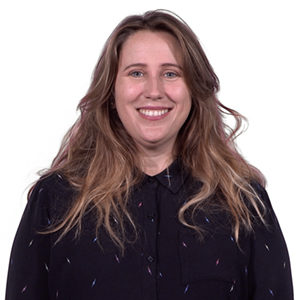
Siobhan Braybrook is an Assistant Professor in the Department of Molecular, Cellular and Developmental Biology at the University of California, Los Angeles. Her lab uses multiple approaches including biochemistry, genetics, molecular biology and biophysics to study how shapes are generated in multicellular organisms with cell walls; plants and brown algae. Braybrook received her Honors BSc… Continue Reading
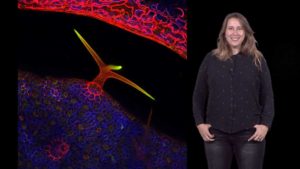
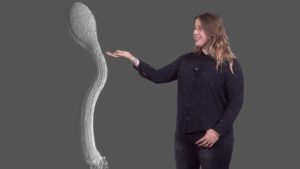
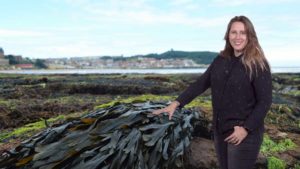
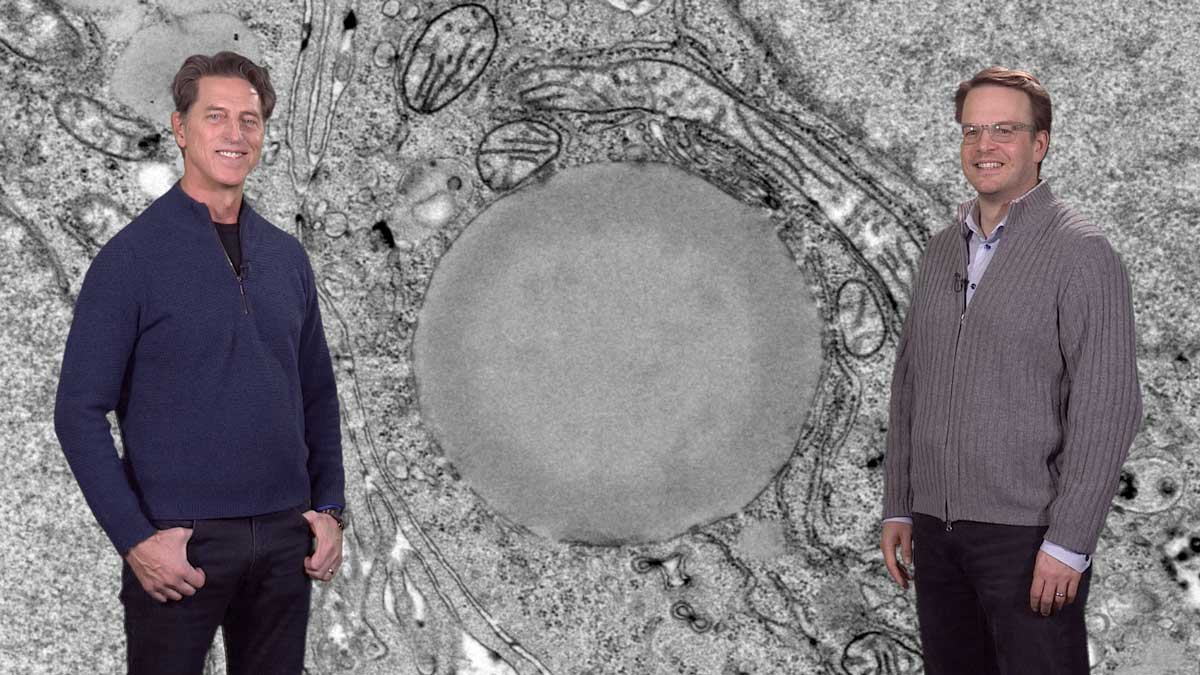
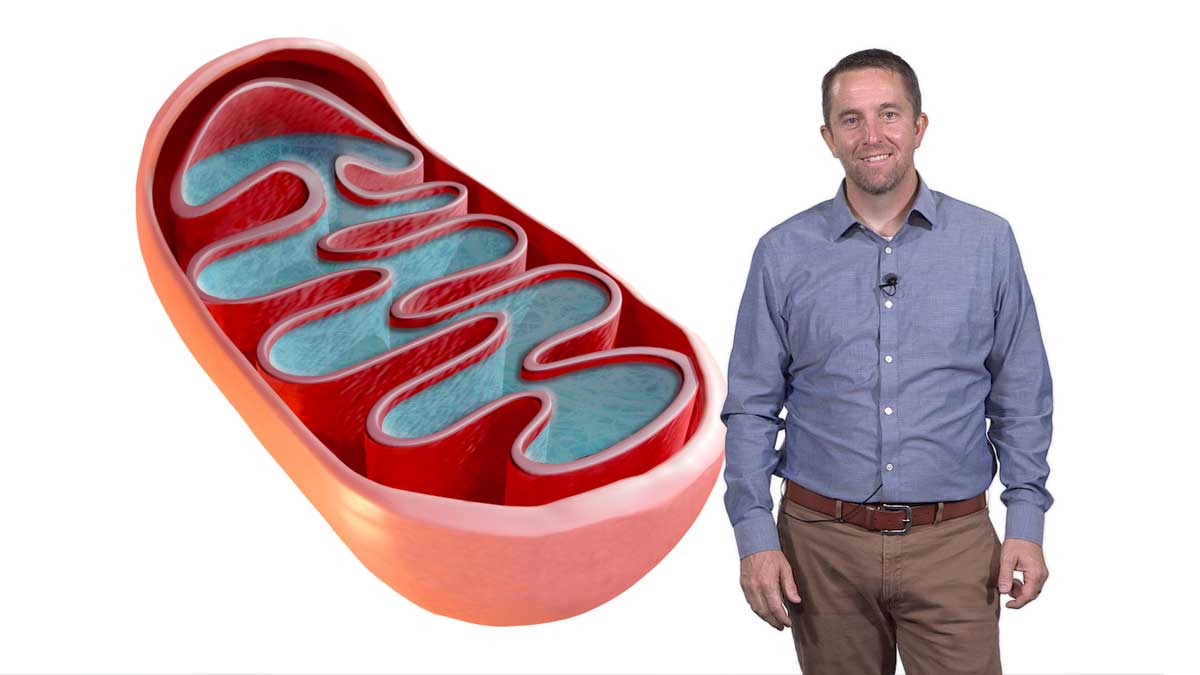
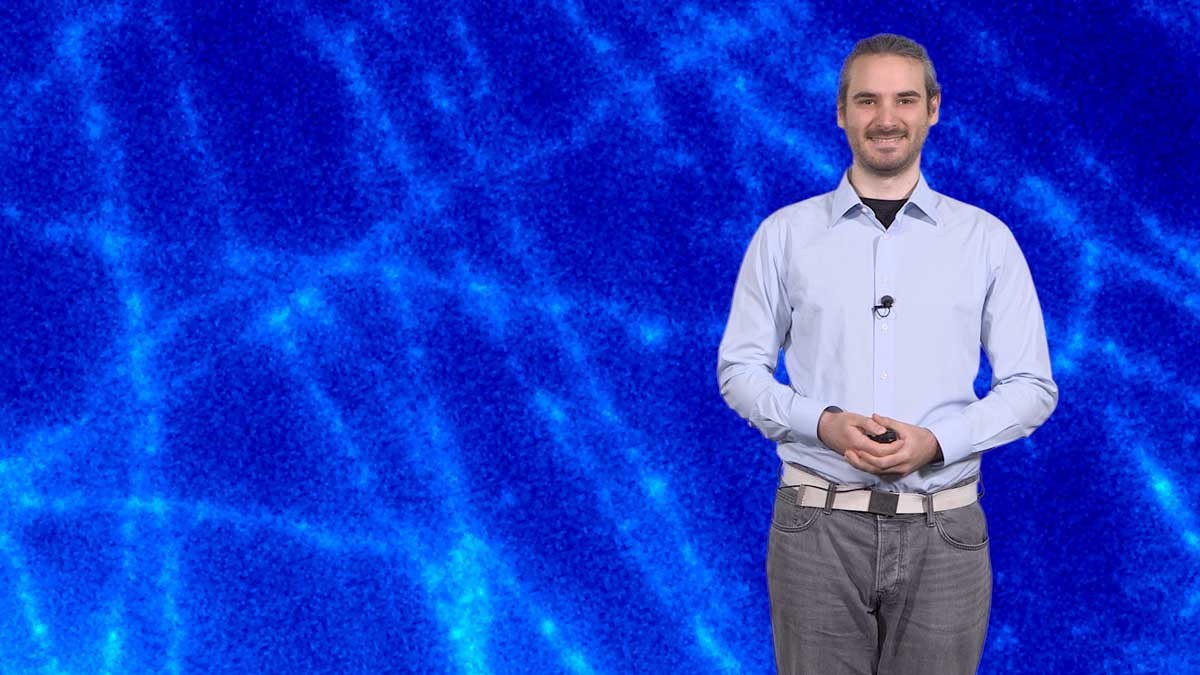
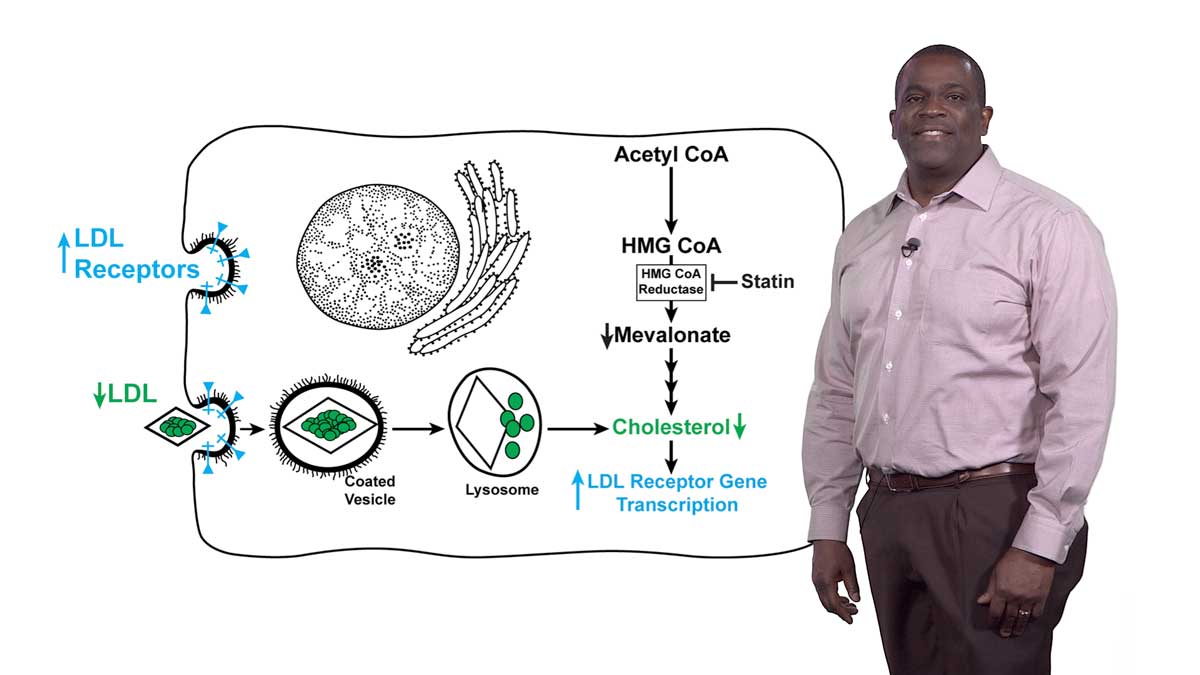





Leave a Reply